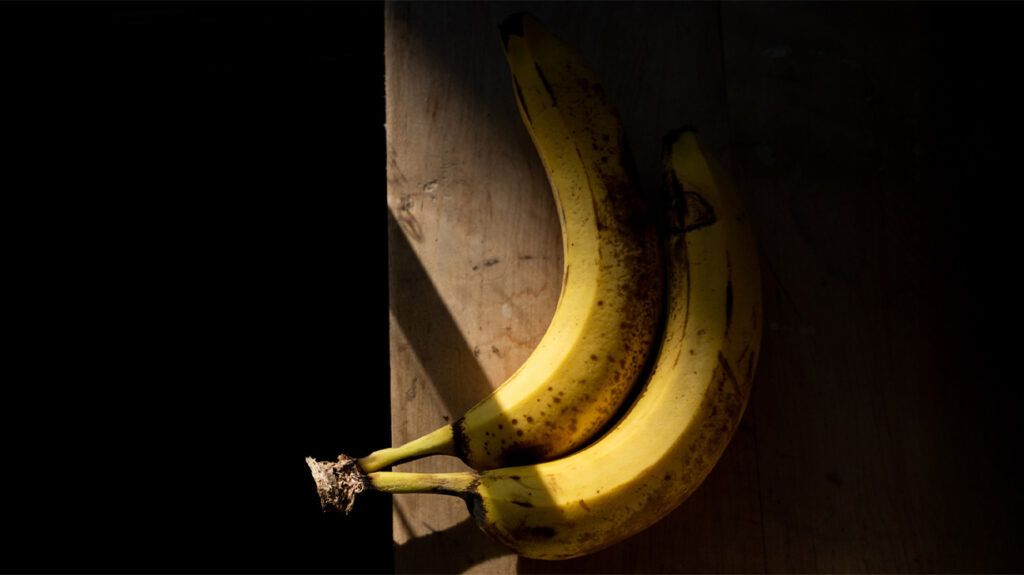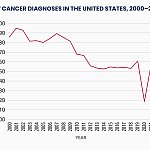
Researchers estimate that about
Past studies show that having high blood pressure can increase a person’s risk for several cardiovascular diseases, including stroke, and
Thankfully, there are a number of different ways in which a person can lower their blood pressure, including medications and lifestyle modifications such as
Previous research has also shown that getting more potassium in your diet may also
Now, a new study recently published in the American Journal of Physiology-Renal Physiology has found that increasing the ratio of potassium to sodium in the diet may be more effective for lowering blood pressure than just reducing salt intake alone.
For this study, researchers created gender-specific mathematical models to simulate whole-body sodium, potassium, and fluid homeostasis — correct balance of water and electrolytes in the body’s fluids — and their impacts on blood pressure.
The models also provided scientists with insight into how these blood pressure effects impacted different systems of the body, including the
“High blood pressure is bad — you want to do everything you can to keep your blood pressure low,” Anita Layton, PhD, professor of Applied Mathematics, Computer Science, Pharmacy and Biology at the University of Waterloo, the Canada 150 Research Chair in Mathematical Biology and Medicine, and principal investigator of the study told Medical News Today.
“Our diet is very different from our long-ago ancestors, especially in terms of sodium-to-potassium ratio. We eat so much sodium and so little potassium, that ratio is reversed in our ancestors as well as people in isolated tribes, where high blood pressure is very rare,” she continued.
“Having more potassium in your body would encourage the kidneys to (urinate) out more sodium (and water), which lowers blood pressure. If you tell someone they have high blood pressure, they immediately think, oh I need to eat less salt. Which would help, but we would like the public to understand that you should also eat more potassium-rich foods.”
— Anita Layton, PhD
At the study’s conclusion, Layton and her team found that increasing the ratio of dietary potassium to sodium consumption helps to lower blood pressure.
“Usually, when we have high blood pressure, we are advised to eat less salt. But our research suggests that adding more potassium-rich foods to your diet, such as bananas or broccoli, might have a greater positive impact on your blood pressure than just cutting sodium.”
— Anita Layton, PhD
When examining gender differences in their findings, researchers found that although men develop high blood pressure more easily than premenopausal women, men are also more likely to respond positively to an increased ratio of potassium to sodium.
“These two are not contradictory,” Layton explained. “The reason has to do with the sex differences in the molecular structure of the kidneys. When potassium levels rise, men’s kidneys excrete more sodium compared to women.”
“The models used in this study simulate young men and women,” she said when asked what the planned next steps were for this research. “I’d like to ‘age’ the models — not an easy task, since there are so many age-related changes in our physiology and not all are well characterized — and study these questions in older men and women, who are the ones developing high blood pressure.”
MNT spoke with Cheng-Han Chen, MD, a board certified interventional cardiologist and medical director of the Structural Heart Program at MemorialCare Saddleback Medical Center in Laguna Hills, CA, about this study.
“This study using computational modeling found that increasing dietary potassium intake and decreasing sodium intake can be effective for lowering blood pressure,” Chen commented. “This is in line with what we know about the effects of those electrolytes on blood pressure, and can serve as the basis for further research into blood pressure control.”
“Hypertension is an extremely common condition, and one that is a major risk factor for cardiovascular diseases such as heart attack and stroke,” he continued. “Any interventions that can help lower blood pressure, especially widely applicable ones such as dietary changes, can potentially have a big impact on the global burden of disease.”
“Future research in this area can include modeling the effects of dietary sodium and potassium on blood pressure using real-world clinical data, such as that from population databases,” Chen added.
For readers who may have high blood pressure and would like to increase their potassium intake, we asked Monique Richard, MS, RDN, LDN, a registered dietitian nutritionist and owner of Nutrition-In-Sight for her top tips on how to get more potassium into your diet:
And when looking to lower sodium intake for high blood pressure, Richard reminded readers that switching table salt with sea salt is still salt.
“The amount of sodium in varied types of salt across the board is very similar per teaspoon and may increase blood pressure,” she detailed. “Work with a registered dietitian nutritionist (RDN) to figure out what your sodium to potassium ratio may be in an average day, and understand how to read labels and ingredient lists to know how much sodium is considered ‘low,’ and other names of sodium not easily identified in and on packaging.”
“Don’t stress — learn what works for you. Learning stress management techniques, increasing the quality of your diet, and keeping your body in homeostasis will not only help your blood pressure, but affect your heart for the long haul, as well as the calmness of those around you.”
— Monique Richard, MS, RDN, LDN





